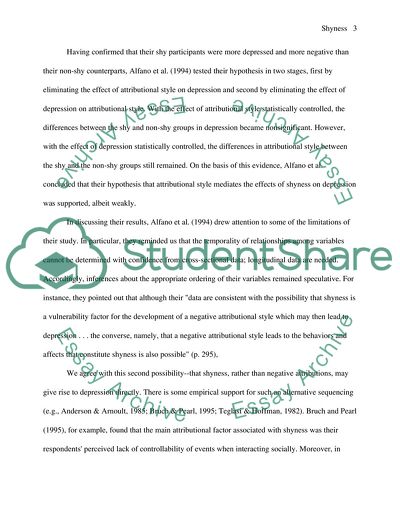Cite this document
(The Correlation Between Physical Appearance and Shyness Research Paper, n.d.)
The Correlation Between Physical Appearance and Shyness Research Paper. Retrieved from https://studentshare.org/sociology/1705409-the-correlation-between-physical-appearance-and-shyness
The Correlation Between Physical Appearance and Shyness Research Paper. Retrieved from https://studentshare.org/sociology/1705409-the-correlation-between-physical-appearance-and-shyness
(The Correlation Between Physical Appearance and Shyness Research Paper)
The Correlation Between Physical Appearance and Shyness Research Paper. https://studentshare.org/sociology/1705409-the-correlation-between-physical-appearance-and-shyness.
The Correlation Between Physical Appearance and Shyness Research Paper. https://studentshare.org/sociology/1705409-the-correlation-between-physical-appearance-and-shyness.
“The Correlation Between Physical Appearance and Shyness Research Paper”. https://studentshare.org/sociology/1705409-the-correlation-between-physical-appearance-and-shyness.


